
Braj Kumar Nehru MBE, ICS was an Indian diplomat and Ambassador of India to the United States (1961–1968).
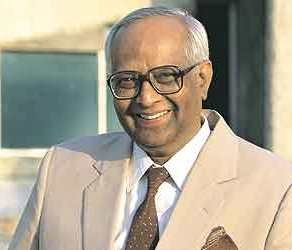
Jyotindra Nath Dixit was an Indian diplomat, who served as Foreign Secretary (1991–1994), the top bureaucrat in the Ministry of External Affairs. At the time of his death, he was the National Security Adviser (India) to the Prime Minister Manmohan Singh and is mostly remembered for his role as a negotiator in disputes with Pakistan and China.
Delhi School of Economics (DSE), popularly referred to as D School, is an institution of higher learning within the University of Delhi. The Delhi School of Economics is situated in University of Delhi's North Campus in Maurice Nagar. Established in 1949, the campus of the Delhi School of Economics houses the University of Delhi's departments of Economics, Sociology, Geography and Commerce, as well as the Ratan Tata Library. Out of the four academic departments, the Departments of Economics, Sociology and Geography come under the Faculty of Social Sciences, while the Department of Commerce comes under the Faculty of Commerce and Business Studies.
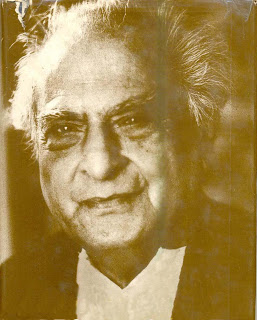
Parmeshwar Narayan Haksar was an Indian bureaucrat and diplomat, best known for his two-year stint as Prime Minister Indira Gandhi's principal secretary (1971–73). In that role, Haksar was the chief strategist and policy adviser behind his inexperienced prime minister's rise to near-absolute power in the mid-1970s. After this he was appointed deputy chairman of the Planning Commission and then the first-ever chancellor of New Delhi's Jawaharlal Nehru University.
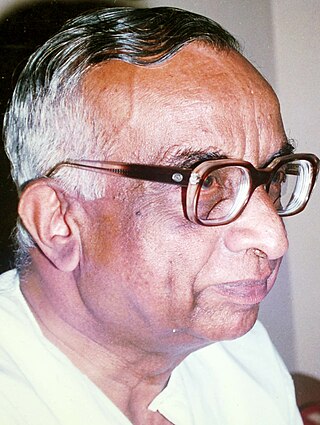
Kakkadan Nandanath Rajan was an Indian economist. He is popularly known as K. N. Raj. He played an important role in India's planned development, drafting sections of India's first Five Year Plan, specifically the introductory chapter when he was only 26 years old. He was a veteran economist in the Planning Commission. He worked out a plan to raise India's rate of savings in the post-Second World War period when the country was in need of foreign aid. He computed India's Balance of Payments for the first time for the Reserve Bank of India. Raj was an advisor to several prime ministers from Jawaharlal Nehru to P.V. Narasimha Rao. Dr. Raj was a Keynesian economist. He studied the application of Keynesian monetary theory in Indian context.
Bellampalli is a town in Mancherial district of the Indian state of Telangana. It is a municipality and mandal headquarters of Bellampalli mandal of Bellampalli revenue division.

John Matthai CIE (1886–1959) was an economist who served as Independent India's first Railway Minister and subsequently as well as India's Finance Minister, taking office shortly after the presentation of India's first Budget, in 1948. He was born on January 10, 1886, as the son of Challiyal Thomas Matthai and Anna Thayyil to an Anglican Syrian Christian family. He graduated in economics from the University of Madras. He served as a Professor and Head in University of Madras from 1922 to 1925. He presented two Budgets as India's Finance Minister, but resigned following the 1950 Budget in protest against the increasing power of the Planning Commission and P. C. Mahalanobis. He was the first Chairman of the State Bank of India when it was set up in 1955. He was the founding President of the Governing Body of the National Council of Applied Economic Research (NCAER) in New Delhi, India's first independent economic policy institute established in 1956. He served as the Vice Chancellor of the University of Mumbai from 1955 till 1957 and then as the first Vice Chancellor of the University of Kerala from 1957 to 1959. His nephew, Verghese Kurien, is generally recognized as the architect of India's White Revolution. Dr. John Matthai Centre, Thrissur, located on the large plot of land donated by his family, is named in his honour. His wife, Achamma Matthai was an Indian social worker and a women's rights activist. The Government of India honoured him in 1954 with the award of Padma Shri, the fourth highest Indian civilian award, for his contributions to the society,
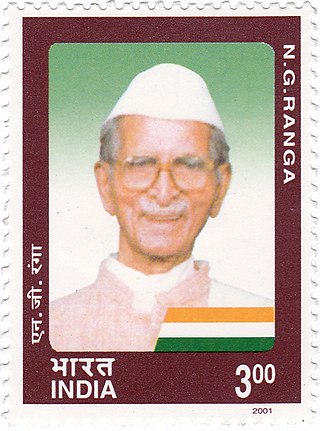
Acharya Gogineni Ranga Nayukulu, also known as N. G. Ranga, was an Indian freedom fighter, classical liberal, parliamentarian and farmers' leader. He was the founding president of the Swatantra Party, and an exponent of the peasant philosophy. He received the Padma Vibhushan award for his contributions to the Peasant Movement. N.G. Ranga served in the Indian Parliament for six decades, from 1930 to 1991.
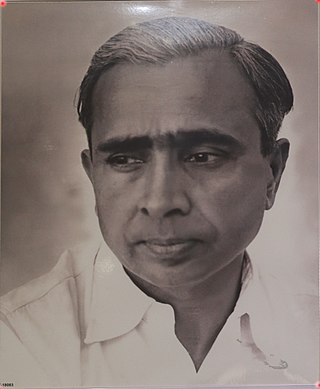
Kesava Shankar Pillai, better known as Shankar, was an Indian cartoonist. He is considered the father of political cartooning in India. He founded Shankar's Weekly, India's Punch in 1948. Shankar's Weekly also produced cartoonists like Abu Abraham, Ranga and Kutty, he closed down the magazine during the Emergency of 25 June 1975. From then on he turned to making children laugh and enjoy life.

Kingsway Camp, officially Guru Teg Bahadur Nagar since 1970, is a historic area located in North West Delhi, near Civil Lines and Delhi University. It starts from Guru Teg Bahadur Nagar (GTB) intersection, and has residential areas like Hudson Lines and Outram Lines. Neighboring localities include Dhaka Village, Mukherjee Nagar and Hakikat Nagar. The foundation of the new capital of British India, New Delhi, was laid at Coronation Park by King George V in December, 1911, making this area historically significant.

Naresh Chandra was a 1956 batch IAS officer of Rajasthan cadre who served as the Cabinet Secretary of India, Defence Secretary of India, Home Secretary of India, Water Resources Secretary of India and Indian Ambassador to the United States. He was awarded India's second highest civilian honour the Padma Vibhushan for civil service in 2007.

Town Higher Secondary School is a school in Kumbakonam, a town in the Thanjavur district in the Indian state of Tamil Nadu.

Indraprasad Gordhanbhai Patel, popularly known as I. G. Patel, was an Indian economist and a civil servant who served as the fourteenth Governor of the Reserve Bank of India from 1 December 1977 to 15 September 1982.

Mohan Dharia was a Union minister, a lawyer and social worker. During his last days he stayed in Pune. Dharia was an environmentalist and ran a non-government organisation Vanarai. He was elected to the Lok Sabha twice from Pune Lok Sabha constituency, first in 1971 as an Indian National Congress (INC) member and became a Minister of State, and later in 1977 as a Bharatiya Lok Dal member, and joined the Morarji Desai Ministry as Union Minister of Commerce. Prior to it, he remained member of the Rajya Sabha twice from INC, first 1964-1970 and then 1970- 1971
Ranga Rao or Rangarao is an Indian name.
Pandurang Vasudeo Sukhatme (1911–1997) was an Indian statistician. He is known for his pioneering work of applying random sampling methods in agricultural statistics and in biometry, in the 1940s. He was also influential in the establishment of the Indian Agricultural Statistics Research Institute. As a part of his work at the Food and Agriculture Organization in Rome, he developed statistical models for assessing the dimensions of hunger and future food supplies for the world. He also developed methods for measuring the size and nature of the protein gap.

Hirendranath Mukhopadhyay, also known as Hiren Mukerjee, was an Indian politician, lawyer and academic. He was a member of the Communist Party of India having joined in 1936 when it was still illegal. He was elected to the Lok Sabha the lower house of the Indian Parliament from the Calcutta North East constituency in 1951, 1957, 1962, 1967 and 1971. He suffered an electoral reverse when he lost to Pratap Chandra Chunder in 1977 after the CPI supported Emergency.

Kasturi Lal Chopra was an Indian materials physicist and a former director of the Indian Institute of Technology, Kharagpur. He was the founder of the Thin Film Laboratory at Indian Institute of Technology, Delhi and the Microscience Laboratory at IIT, Kharagpur and held several US and Indian patents for his research findings. Author of a number of books on thin film technology, he was a recipient of Shanti Swarup Bhatnagar Prize, the highest Indian award in the science and technology categories. The Government of India awarded him the fourth highest civilian honour of the Padma Shri, in 2008, for his contributions to science and engineering.













